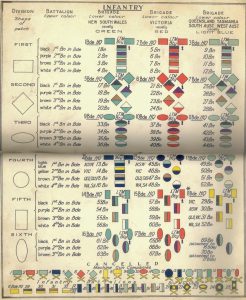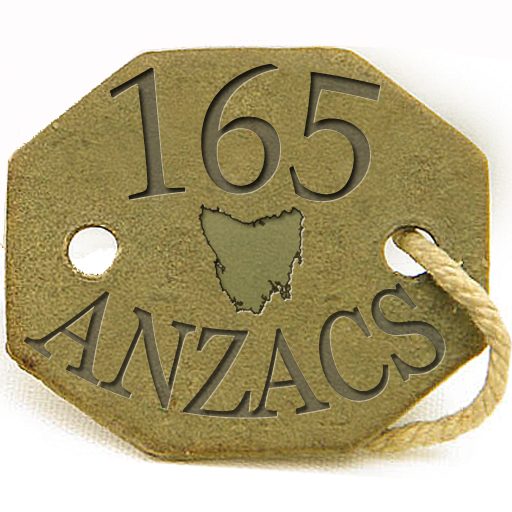 If you’ve looked at the soldier biographies you’ll have noticed one of the pieces of information we usually have on the soldier is the unit he served in. This is very important because the history of the units is usually quite well kept and fairly easily found. By tracing the history of the battalion you can obtain a better idea of the experiences of the individual and the campaigns and battles he was present at.
If you’ve looked at the soldier biographies you’ll have noticed one of the pieces of information we usually have on the soldier is the unit he served in. This is very important because the history of the units is usually quite well kept and fairly easily found. By tracing the history of the battalion you can obtain a better idea of the experiences of the individual and the campaigns and battles he was present at.
Over 15,000 Tasmanians enlisted in World War I in Tasmania and elsewhere. In the infantry each was part of a platoon, which was part of a company which in turn was part of a battalion. The battalion is a large cohesive military unit of between 550 to 1000 men, its size depending on the time of formation, its nature and the active service undertaken by the unit. The first infantry battalion to be mostly composed of Tasmanians was the 12th Infantry Battalion.
The formation of the Tasmanian section of the 12th Battalion began on the opening of the Pontville training camp in August, 1914, Pontville being the centre of military training in Tasmania during World War I. It was bolstered by the addition of South Australian companies before departing for it’s baptism of fire at Gallipoli.
There were other later formations which also consisted of a number of enlisted Tasmanians such as the 15th, 26th, 47th, and 52nd Battalions. However only one battalion-sized unit was all Tasmanian in its original composition; the 40th Battalion. The 40th was formed in early 1916 as a response to the call for more volunteers after the casualties received at Gallipoli. It trained at Claremont before departing for the Western Front in July 1916.
Generally later volunteers did not form new units but were used as reinforcements for the existing ones. Originally these infantry reinforcements from Tasmania were sent to all the Tasmanian portions of the different battalions mentioned above, but during the latter years of the war Tasmanian reinforcements went to the 12th and 40th Battalions only. The 40th thus remained a purely Tasmanian unit and the 12th became almost entirely Tasmanian, whilst the number of Tasmanians in the other battalions, which were then reinforced from the mainland only, gradually decreased.
For more information on the campaigns of the individual battalions click on the appropriate colour patch below.
Latest posts by Bradley Wood (see all)
- TASMANIAN BATTALIONS - 23/01/2017
- VOLUNTEERS ALL - 19/12/2016

